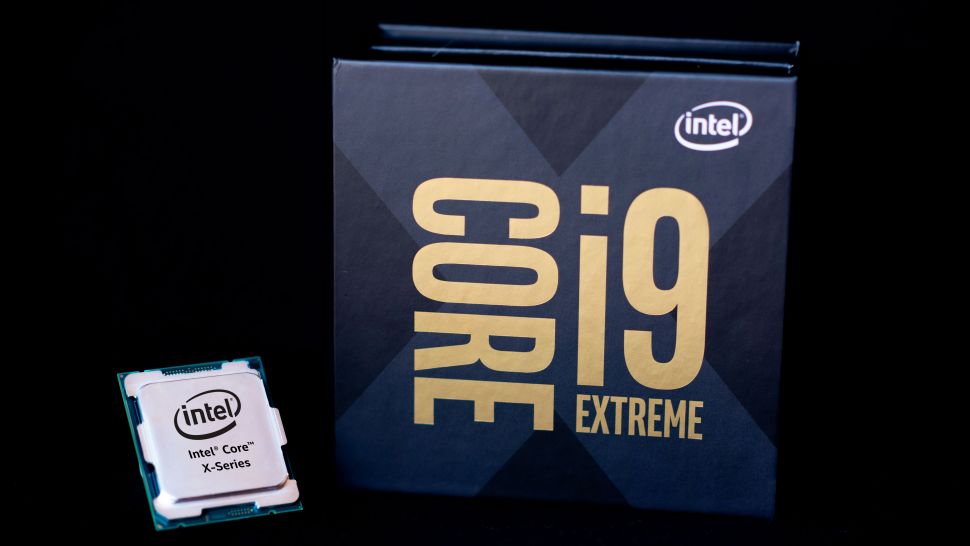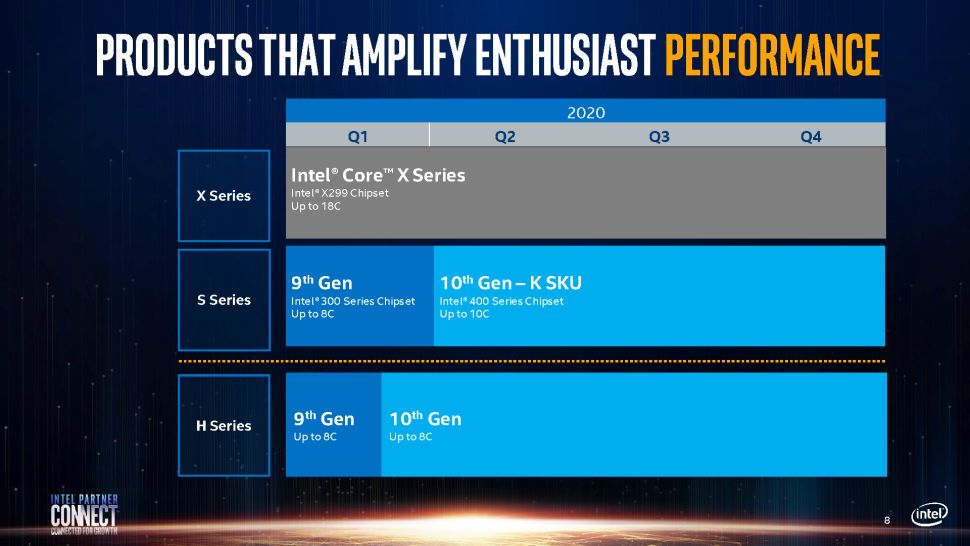Intel recently hosted its Intel Partner Connect virtual event in Asia a couple of days ago. A roadmap from a presentation titled “Gaming and Creators: How to Win Enthusiasts” revealed that Intel might not launch a HEDT (high-end desktop) processor this year.
The LGA2066 socket, which debuted in 2017, has housed four generations of Intel HEDT chips. The platform is likely breathing its last breath, which explains why Intel isn’t gearing up new offerings for it. If the chipmaker is indeed drafting up a new army of Core X-series, the next-generation parts would, in all likelihood, command a new socket and land next year.
The Cascade Lake-X family currently represents Intel in the HEDT market, but the chipmaker has been stagnant in this segment. The 14nm processors span from 10 to 18 cores, which does seem underwhelming when compared to AMD’s third-generation Ryzen Threadripper (Castle Peak) chips. The core-heavy parts start at 24 cores with the Ryzen Threadripper 3960X and push up to 64 cores in the Ryzen Threadripper 3990X.
AMD not only offers more cores at very engaging price points with the latest Ryzen Threadripper 3000-series, but the chipmaker is ahead of Intel in terms of lithography. AMD’s HEDT lineup has transitioned to the 7nm node, while Intel remains mired on the 14nm node. That’s not to mention that AMD has unconditionally adopted the PCIe 4.0 standard. When you consider all these factors, it’s not hard to see why Intel could be reluctant to roll out another 14nm refresh.
As the 10th Generation Comet Lake-S processors have proven, Intel’s 14nm manufacturing process is reaching the end of its scalability. Although Intel continued to push the clock speeds, the chipmaker was unable to squeeze more than ten cores out of the 14nm chips within a reasonable power consumption envelope. Intel may not offer anything compelling in the HEDT space until the company is sitting firmly on the 10nm node and a new microarchitecture that’s not yet another iteration of the aging Skylake.

